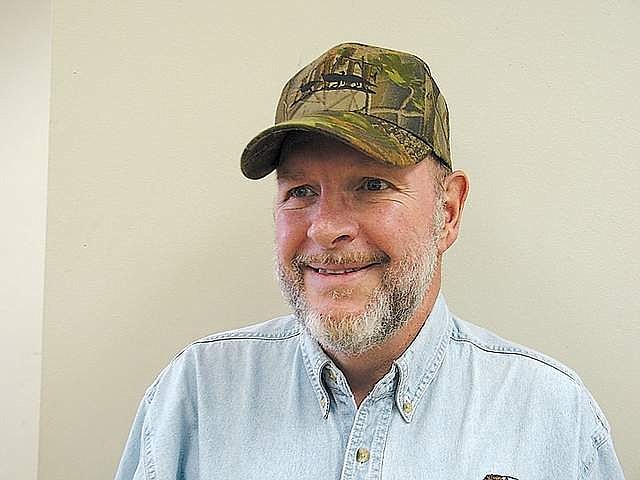In my backyard
This was the weekend of the 2020 Great Backyard Bird Count. It was my duty to conduct at least one count. The rules state the minimum time for a count was 15 minutes. The location could be anywhere desired, most common was a backyard, thus the name.
Become a Subscriber!
You have read all of your free articles this month. Select a plan below to start your subscription today.
Already a subscriber? Login



